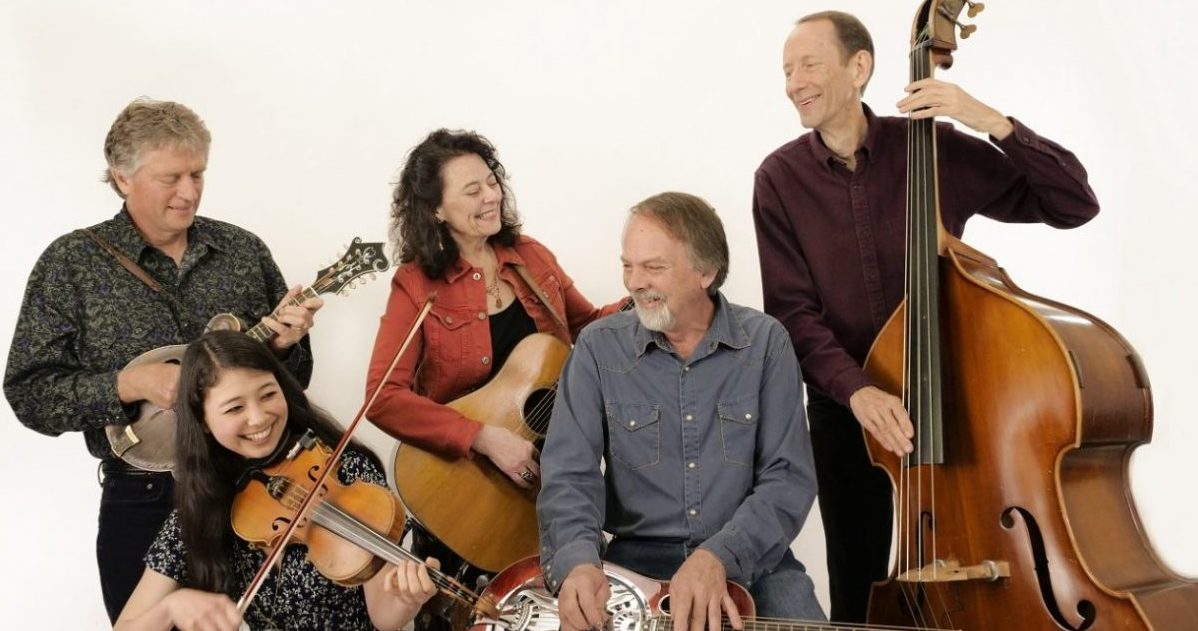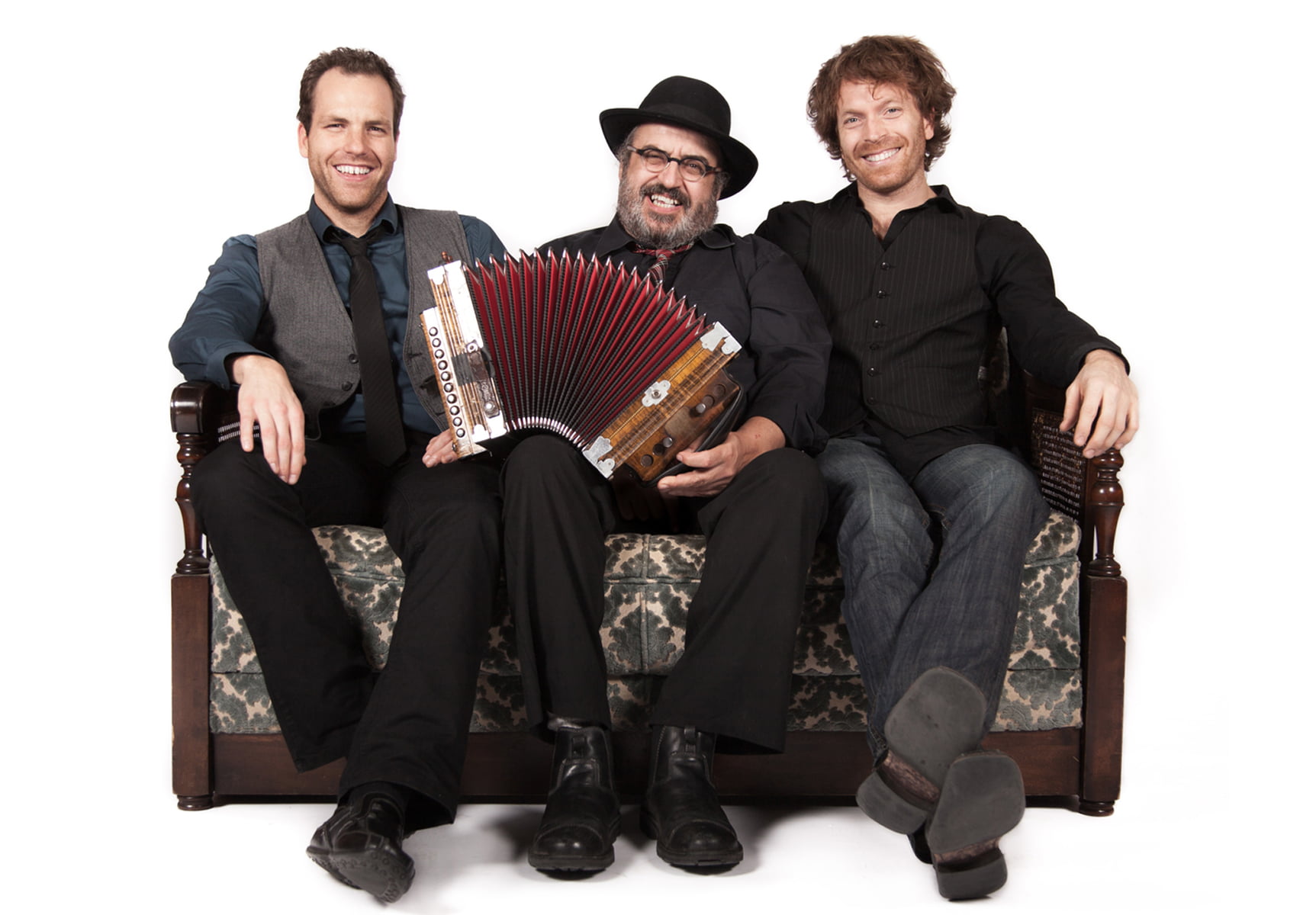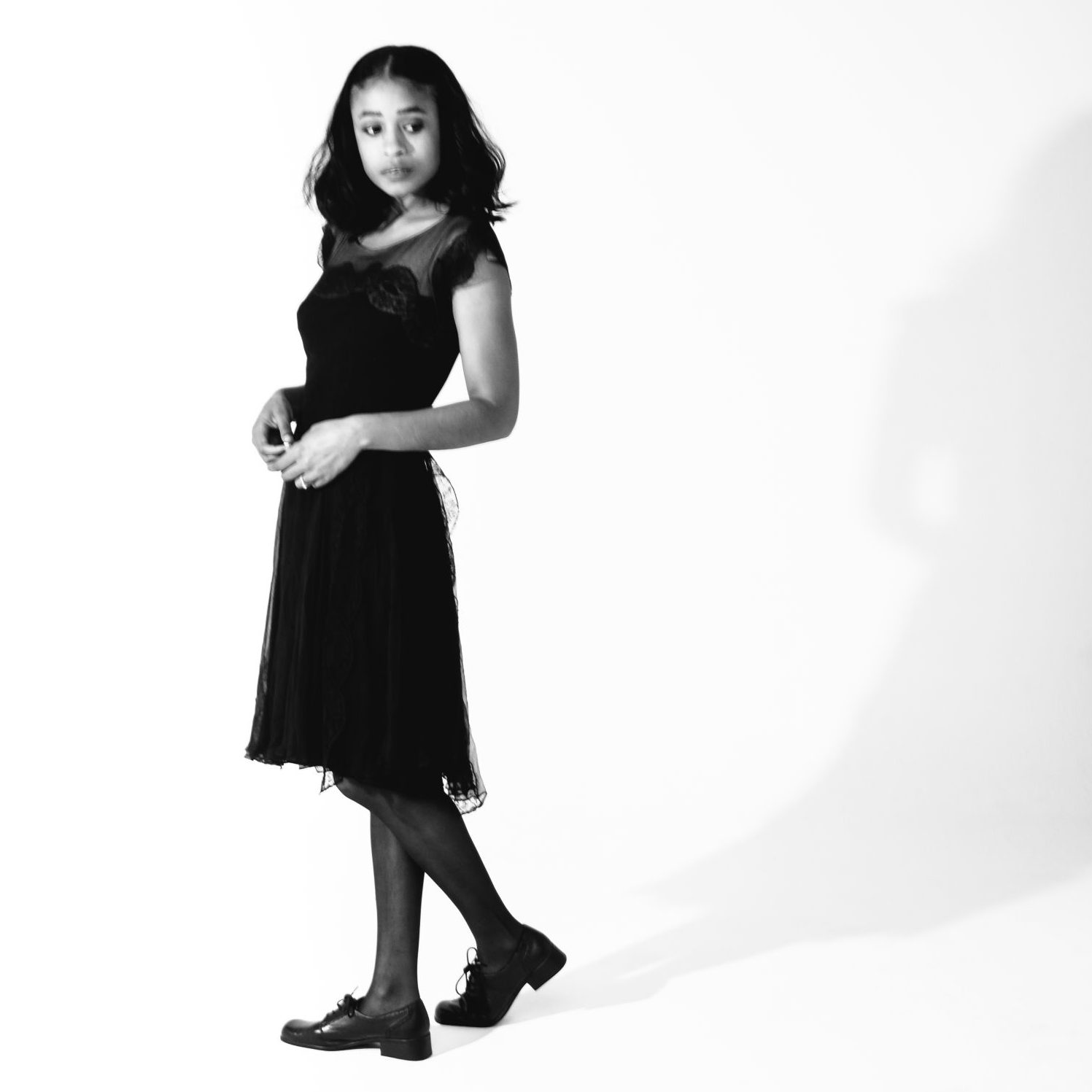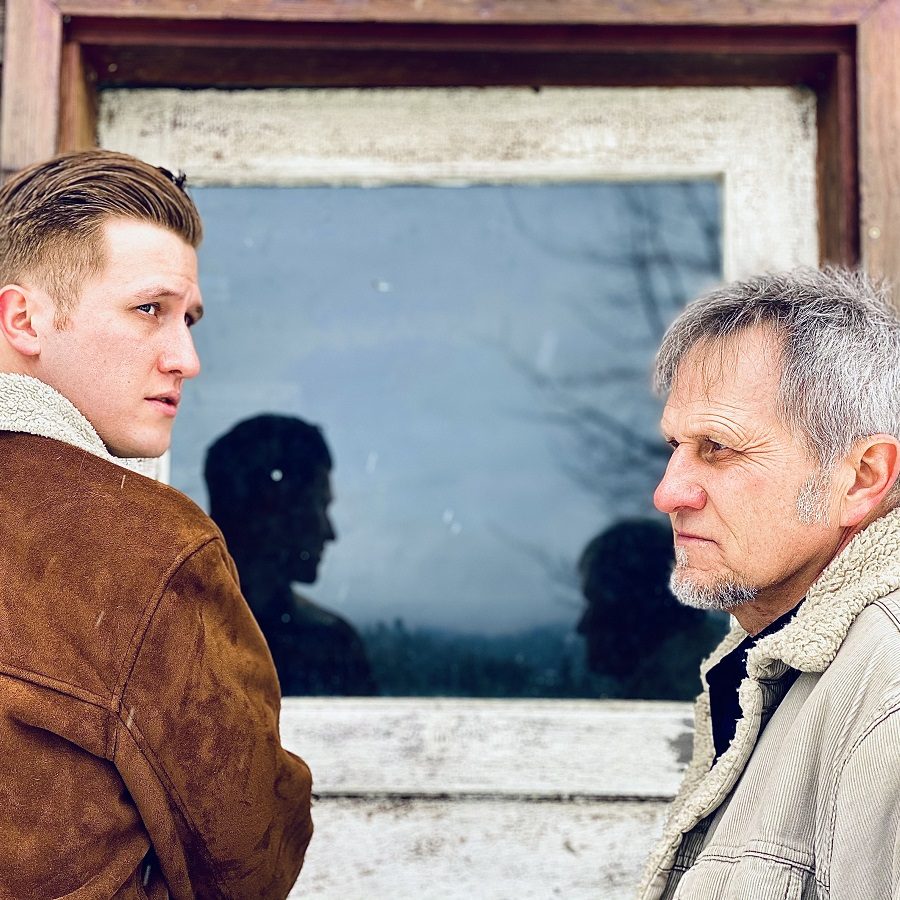Kathy Kallick’s first musical influence was her mother, Dodi.
Music historian Larry Ehrlich wrote, “Dodi Kallick’s voice could be as tender as Carter Stanley, as plaintive as Piaf, or as cutting as a straight razor. It could bring sorrow to your heart or a smile to your lips.”
Although central to Chicago’s folk scene, Dodi never recorded in a studio. But an uncovered reel-to-reel of radio broadcasts inspired Kathy Kallick to follow her 2002 project, My Mother’s Voice, with an 18-track sequel. On Disc 1, Kathy invited friends to perform the songs she learned from her mother, and Dodi’s voice is heard on Disc 2. The collection’s title track, “What Are They Doing in Heaven Today,” appears on both.
Since 1975, when Kallick began performing with Good Ol’ Persons, her voice and songwriting have been central to the Bay Area’s bluegrass and folk scene. That group not only launched a highly talented group of women into bluegrass, but it added new concepts, melodic lines and interpretations to the genre. Since that time, Kathy has released more than 20 albums, many of them filled with her original songs, and she has won awards for her children’s albums.
With the exception of a bass-player change, The Kathy Kallick Band’s current configuration has been together since 2009. They continue to record and tour, and as individuals and a band, they contributed to her new tribute to her mother.
BGS: Why have you made another tribute album to your mom after 20 years?
Kallick: My Mother’s Voice was a project that my mother was very involved in, choosing the songs, giving me the lyrics, talking about where she learned the songs. And when I got to the end of that project, she said, “but there’s still so many more songs.” And I said, “Well, Mom, maybe we’ll have volume two.”
Then these recordings were discovered a few weeks before she passed away. I couldn’t listen to them for a long time because it just made me too sad. After about three years, I started being able to listen, and they were so beautiful. And I remembered our conversation about volume two. She passed away 13 years ago. After thinking about it for years, there finally came a time when I wasn’t in the middle of a band recording or a solo recording or duet record. That was about four years ago.
How did you choose the other musicians who accompanied you?
The musicians were chosen for different reasons. I loved recording “Footprints In the Snow” with the Kathy Kallick Band, because this current band can really chomp on a bluegrass classic and do it justice. And “Footprints In the Snow” is one of the most iconic bluegrass songs to me. I definitely hear Bill Monroe’s version in my mind.
When I had the opportunity to record with Molly Tuttle, who I’ve known since she was a tiny child, I picked “Put My Little Shoes Away.” Having Molly play the clawhammer guitar gave it this oomph that was so spectacular to me. We had been at the Grass Valley Bluegrass Festival, and Molly came straight from the festival, a little frazzled, hot and sweaty and sunburned. She ran across the street, got a coffee, and came back, and we started in and came up with the way we wanted to do it. It was just so pleasing and spontaneous.
“Little Moses” is a song I loved hearing my mother sing, and I sang it with her. Inviting Cliff Perry and Laurel Bliss was a clear choice, because they’re such Carter Family specialists. Their knowledge is deep, and they really have a spectacular way of presenting the Carter Family [material]. And for the title song, “What Are They Doing in Heaven Today,” I thought about who I was going to get on that track from the first second of thinking of this album. And I would come up with different ideas – flying to Nashville, maybe somebody’s coming through town, like that. Then the pandemic happened. And the whole project was put on hold for two years.
Last year, I got together with Laurie Lewis and Suzy Thompson for our birthday lunch. And in the car on the way home, I started thinking about playing the song with those two, and it felt perfect. It was the first time the three of us ever sang together. We got together in Suzy’s backyard, all of us wearing masks, and we started playing this song. And we all started crying. It was so poignant to be together and play music with other people. And of course, that song is so moving.
I met Tristan Scroggins when he was in high school, and I just loved his playing. I loved his rhythm chop, which was so reminiscent to me of John Reischman’s rhythm chop, which to me was the heartbeat of bluegrass. “Sitting on Top of the World” is such an iconic bluegrass song, and there are so many ways to play it, and Tristan has such a wide vocabulary of styles on the mandolin.
When you were growing up, did your mother teach you about music and singing, or did you just pick it up by osmosis?
I would say it was osmosis with a couple of succinct suggestions. She did show me some things on the guitar. And my father did too. He was a classical guitar player who also played a little bit of folky stuff. My mom said to me, “If you care about the words you’re singing, then sing them so people can understand what you’re saying.” That was a big piece of advice that I have followed for my entire time of playing music. And then singing with her. I learned things by trying to match her phrasing, of course, and come up with notes that sounded nice with her notes. I only sang with her a little bit, but I started singing with her when I was about 6.
Your daughters (Juniper Waller and Riley Thompson) sing with you on this project. Have you always sung together?
Much in the way my mom never consciously groomed me to sing with her, I never did that with my kids either. Every once in a while, we would take out all the guitars and everybody would get to hold one, and Peter or I would show them a chord. But they weren’t particularly interested in it. It was kind of fun to do one time for an hour or a minute.
My older daughter has become a professional musician. She plays in a funk, R&B blues band. She is a dynamite diva on stage with her own style that is very different from mine. And after middle school rock band, our younger kid has never demonstrated any interest in playing or singing. But she definitely was up for singing “Wild Side of Life” with me, which is one that I sang with my mom. It was just delightful and surprising that it happened so easily and worked so well. They jumped right in and just nailed it. Neither of them sounds like me, they don’t sound like each other. But when the three of us blended our voices to sing in harmony on the last chorus, it was so satisfying. And so out of the blue. We’d never done anything like it before, but we may do it again.
You grew up in the folk world, where women’s voices were an integral part of the genre. In that respect, how was your transition to the national bluegrass scene?
How did I move from the urban Chicago, more egalitarian, folk world, to this southern rural white man’s world? I think the answer is, I didn’t realize what was happening quite at first.
The core of the all-women Good Ol’ Persons group had already been getting together when I was invited to join them. The Bay Area was already inclusive to women when I got here. The men were welcoming. There were other women role models. Then Good Ol’ Persons decided to go into Paul’s Saloon and play three songs and knock their eyes out, with our all-woman band – and that was a new thing. There had been one woman in this band and one woman in that band, but we had this “we’re gonna show them” kind of feeling at the time.
I loved the music, I loved the scene. At the time, I didn’t realize how uphill the path was going to be, and I didn’t realize how entrenched the misogyny was in this style of music. When we started traveling outside of the Bay Area and encountering the actual good old boys’ network, it was surprising and uncomfortable. And I realized at some point that I was a trailblazer. I hadn’t set out necessarily to be the trailblazer, but I was, because I was leading a band. That was often awkward and uncomfortable for people who ran festivals. They began to say, “Okay, there are going to be women performing. Let’s have one female-fronted band.” Festivals would balk at having Laurie Lewis’ band or Claire Lynch and my band, even though the bands are very different. “But we already have a woman.” There is still so much resistance to women having an equal role in teaching, in performing, in what gets played on the radio. These days I like to play in a mixed-gender band. It feels more like a family.
How did you your music fare during the pandemic?
The pandemic hit me hard. I stopped playing music for the most part and learned that I’m not a person who sits in a room by themselves and plays music. I tried to make myself do it, and it began to feel like having to do sit-ups. I stopped because I was afraid it was going to ruin my love of music. So, I wrote a novel instead.
How did you get started on that?
Partway through the pandemic, I’d darned all the holes in my socks and sweaters, and I thought I really needed to do something. So, I finished a novel I had started years earlier. Then I started a second novel. And that one really took hold of me. Partway through that novel. I had to stop and write a short story, which I thought would take me about till lunch, but actually took me a month. Then I went back and finished the second novel, which I feel really good about. The thing that is similar to writing songs is the way the novel began to just take over. I let the novel say where it was going, instead of feeling like I had to adhere to my original idea. That’s the same way I write songs. I let the song take the lead and tell me how it’s going to go. This is what my muse does. It lets song or story take over, and I’m not in charge anymore. I love that.
You’ve been in the bluegrass arena since 1975. What are you most proud of?
Well, there have been a number of musicians who had big starts and made a bigger splash than I did ever, and then sort of wafted away for one reason or another. You know, it’s hard to sustain a music career. It’s extra challenging for women who have children. And I weathered that. I took my first child with me everywhere, with a series of optimistic volunteers who thought going on tour with the Good Ol’ Persons would be such fun. We wore them out pretty quickly, but it worked. I feel really lucky. And also tenacious, because I have longevity, I have managed to continue to play music, to perform, to create, to be inspired. I’m not hugely successful. I’m not a household name. But I’m very proud of the place that I’ve carved out in this music. Nobody else sounds like me, and nobody else does what I do, and I feel good about it.
Do other women tell you that you have been a role model for them?
Yes! And I love that. I think about the women who were role models for me: Of course, my mom is the first one, as moms are for almost every woman. But I am just tickled to be a role model for younger women in the music world and for women my age who were trying to get to play music when people were closing them out. They saw me doing it and thought, “Okay, maybe it can be done. I’m going to hang in there and do it.”
Photo Credit: Irene Young






